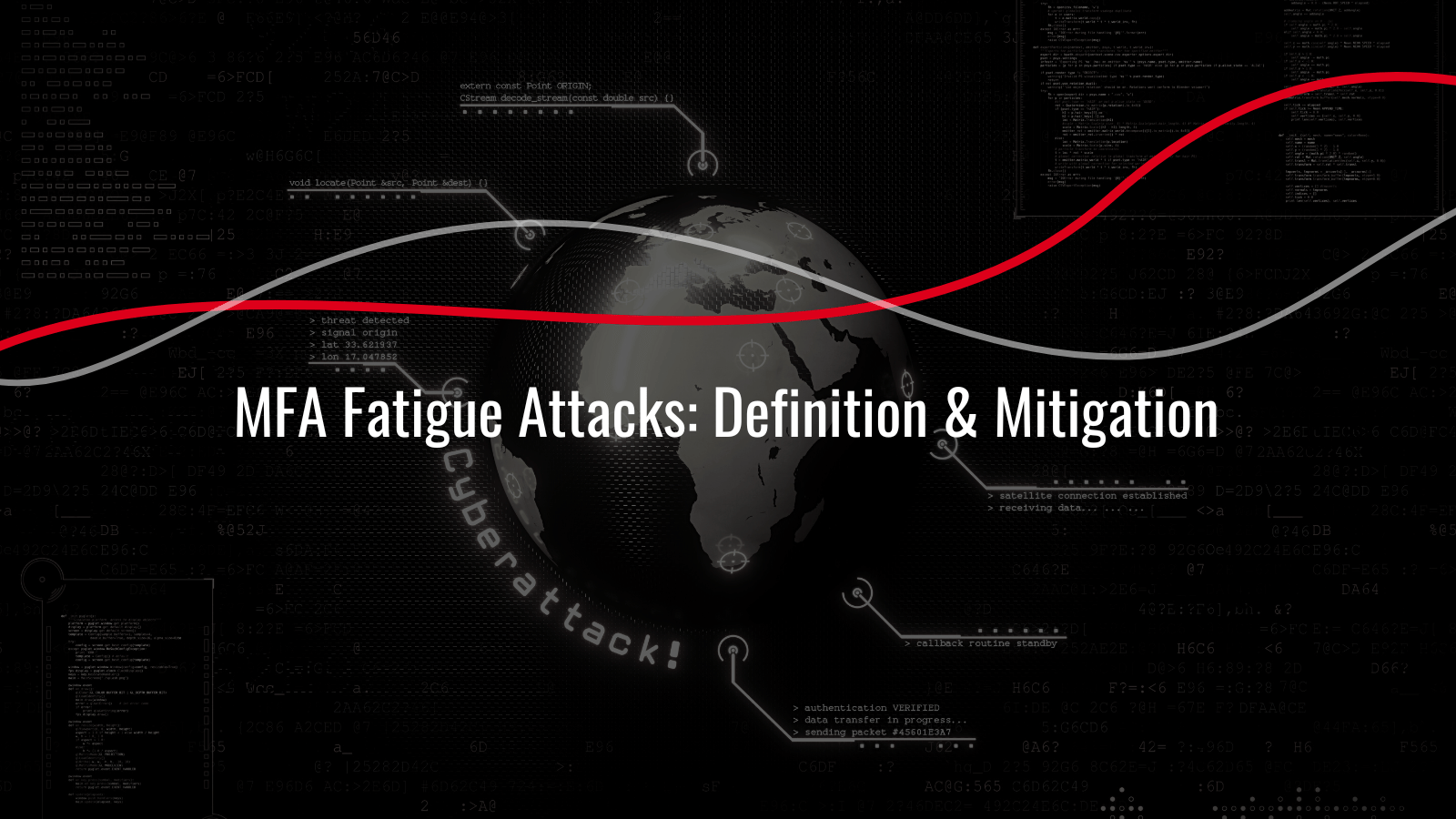Zero Trust Security Model Explained: Principles, Architecture, Benefits
Unlock the power of Zero Trust Security: principles, benefits, challenges, implementation steps, and expert insights for future-ready cybersecurity.

A user's credentials were the only means of accessing their many online accounts for a long time. Unfortunately, cybercriminals could easily guess the commonly used passwords and usernames and breach the users' accounts, making this strategy insecure. In fact, there are many tools that help cybercriminals discover potential passwords quickly and efficiently.
It is no secret that multi-factor authentication (MFA) is a recommended practice for securing user accounts online; in fact, government agencies like the National Institute of Standards and Technology (NIST) and the Computer Security Industry Association (CISA) often recommend it.
As the safety safeguards evolve over time, so do the techniques used by attackers to exploit weaknesses to obtain unauthorized access and enter a business's network. The same is true of multi-factor authentication (MFA), as cybercriminals have developed a new technique they call "MFA Fatigue" to bypass MFA's security measures.
What is MFA fatigue, how does it manifest itself, and what are the best ways to prevent it are covered in this article.
The Multi-factor Authentication (MFA), is a security measure implemented to safeguard user accounts with a complex login procedure that does not merely rely on the username and password. It includes the following information:
Also Read : What Is Multifactor Authentication (MFA)? Why We Need It And How Does It Work?
The Multi-Factor Authentication (MFA) Fatigue attack is a brute-force method of bypassing MFA security protections by constantly notifying and prompting the target user. Even though multi-factor authentication (MFA) safeguards a user's credentials and data, cybercriminals nevertheless aim to compromise them by using their own function of the MFA and employing other social engineering techniques.
Since "Push Notification" is used to verify account logins, cybercriminals use this to flood the account owner's mobile device with several MFA logins prompts in a brief period, causing the users to feel "fatigued" from having to enter their credentials repeatedly.
In addition, the attacker may utilize social engineering by contacting the user by email or WhatsApp while pretending to be an IT support officer, for example, to trick the user into accepting the prompts. To stop receiving MFA requests, the user will eventually click "accept," giving the attacker full access. Large-scale cyber-security attacks involving these techniques have cost companies like Microsoft millions of dollars in lost data.
Companies should follow these steps to protect themselves from multi-factor authentication and credential-based attacks.
Because MFA fatigue attacks rely on the MFA process itself, the greatest defense is a well-configured MFA system. Enhancement efforts include reducing the time between two-factor authentications and capping the number of failed login attempts within a given period.
As an additional layer of security, increase the number of verification steps to access by adding geolocation or biometric criteria.
Constantly being asked to re-enter MFA information is tedious and time-consuming, and it could lead the user to miss a fraudulent alert. Keeping employees aware and focused requires an MFA process that is simple to use, such as a single-sign-on (SSO) solution or password-less authentication.
Keeping targeted factors on high alert, humans are the best protection. When it comes to MFA fatigue attacks, understanding what to do, how to respond, and who to alert will provide the maximum security; this is why it is important to educate employees about cybersecurity threats in general. For example, here are some MFA Fatigue notifications to be aware of:
Most cyberattacks against enterprises start with a compromised or stolen password, so it is crucial to use additional cybersecurity frameworks in addition to multi-factor authentication. Zero trust strategy in the corporate IT environment effectively eliminates trust-based authentication.
Any person or asset attempting to gain access to a protected resource must first go through authentication and authorization.
Granting users, the "Least Privilege" means giving them access to only the minimum amount of data required to complete their task. If an attacker compromises a user's account, they will only have unauthorized access to the information tied to that account, thereby protecting other information.
The sophistication and prevalence of cyber-attacks, such as MFA fatigue, necessitates a constant evaluation of an organization's cybersecurity posture via vulnerability management. It aids the corporation in pinpointing security holes and providing appropriate fixes to keep operations risk-free.
To reduce the risk of MFA fatigue, it is recommended that a time limit be placed on the number of push notifications sent out in response to MFA requests. Disabling push notification requests as a verification method and replacing with a challenge and answer or time-based one-time password will further tighten security.
When cybercriminals increase their operations' sophistication level, it naturally pressures enterprises to beef up their cybersecurity. Multi-factor authentication (MFA) is a crucial part of any reliable cybersecurity strategy, yet it can still be compromised.
Since MFA is a fully automated and simple solution for attackers to get unrequested access to different accounts in an organization, MFA fatigue is becoming increasingly widespread. By adhering to the outlined procedures, companies can ensure their continued security despite the mentioned risks.